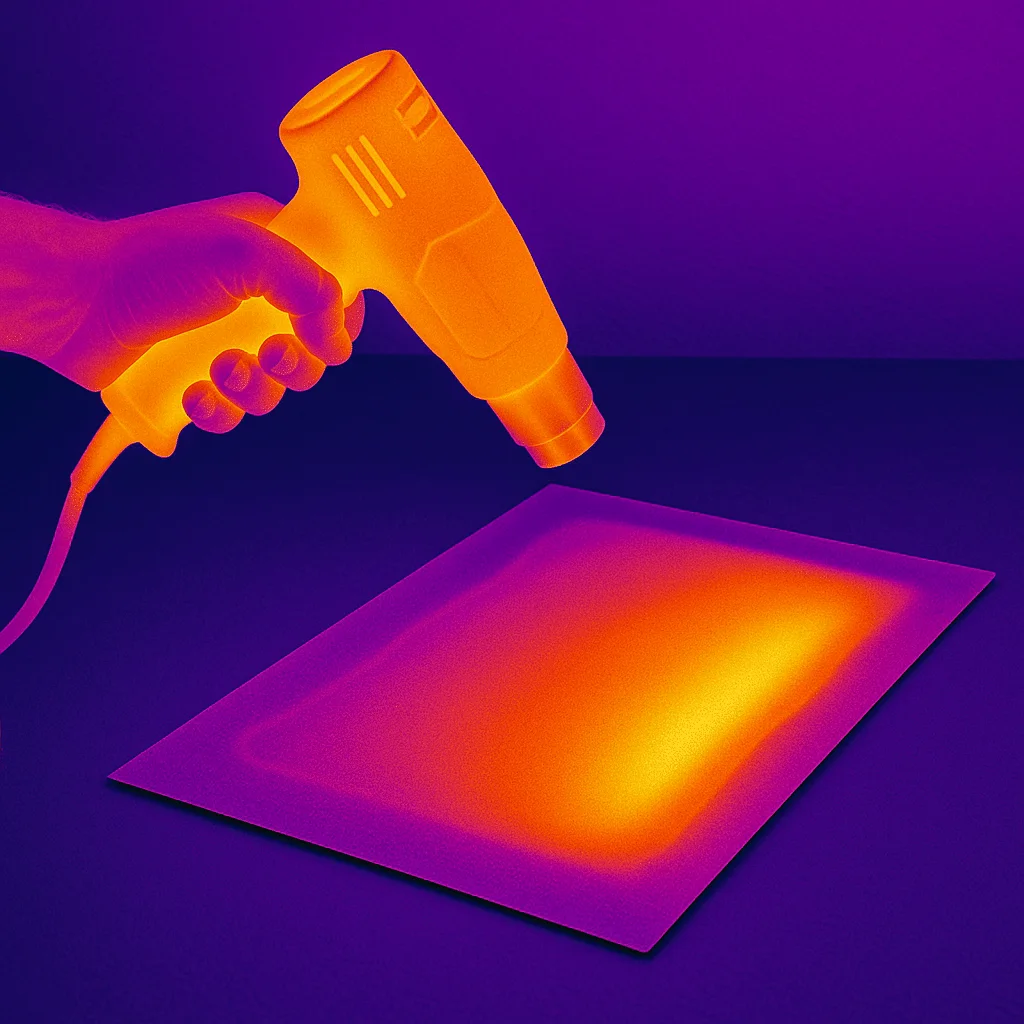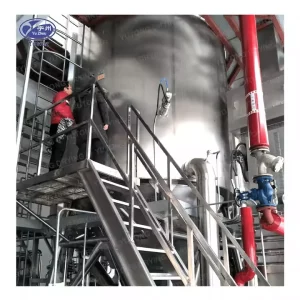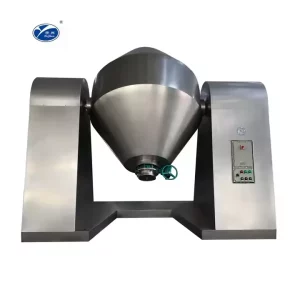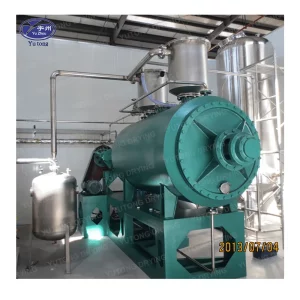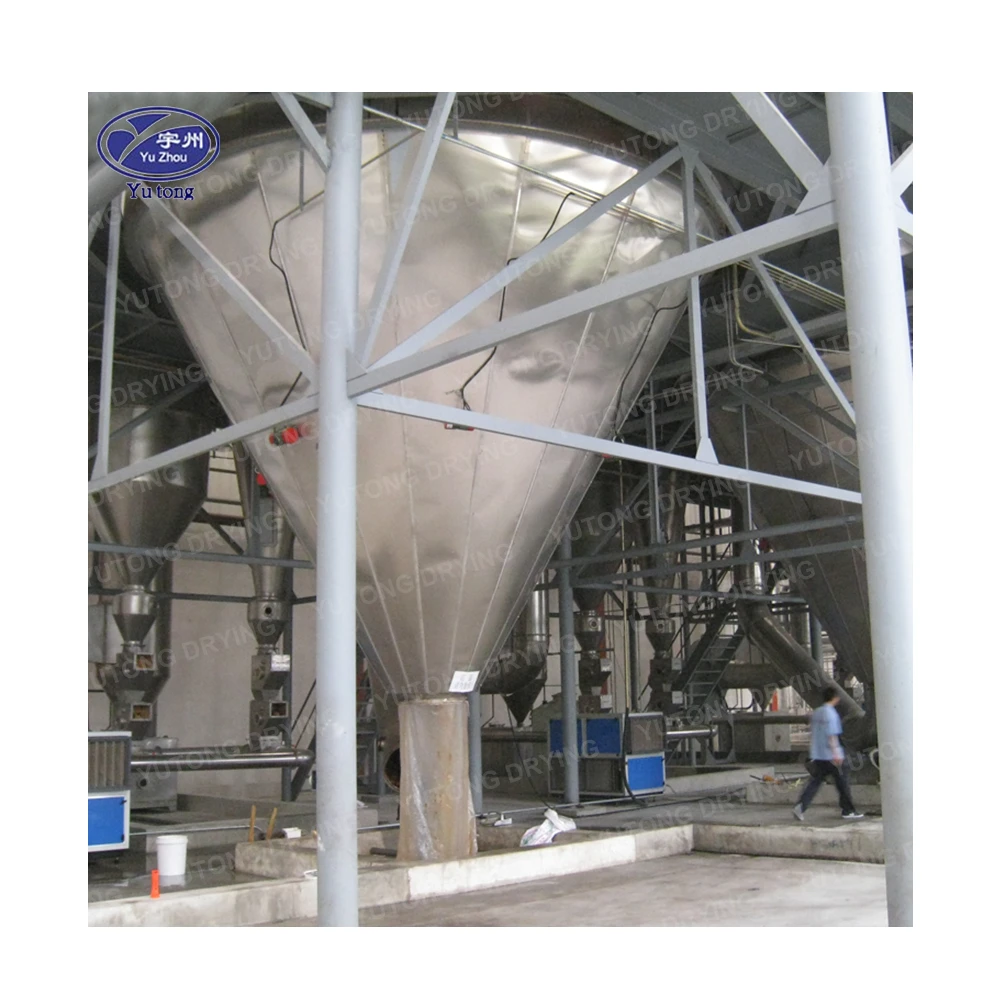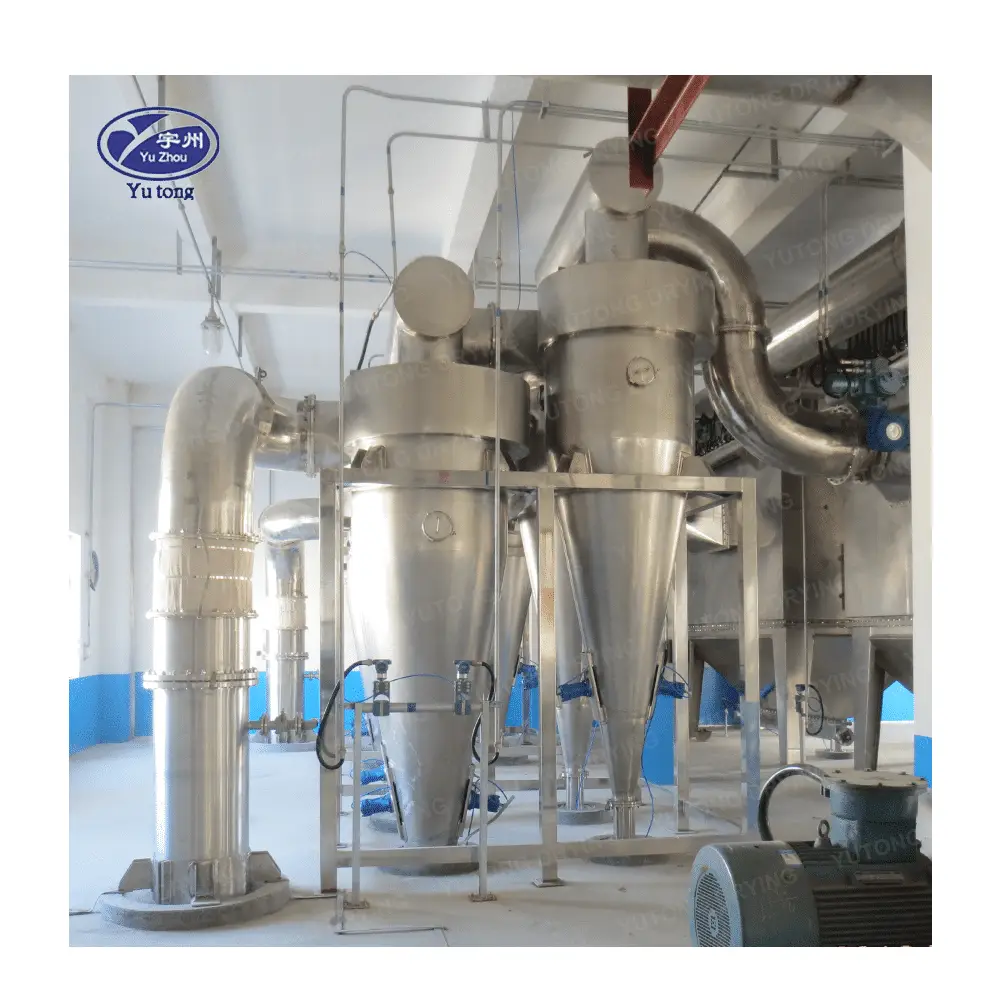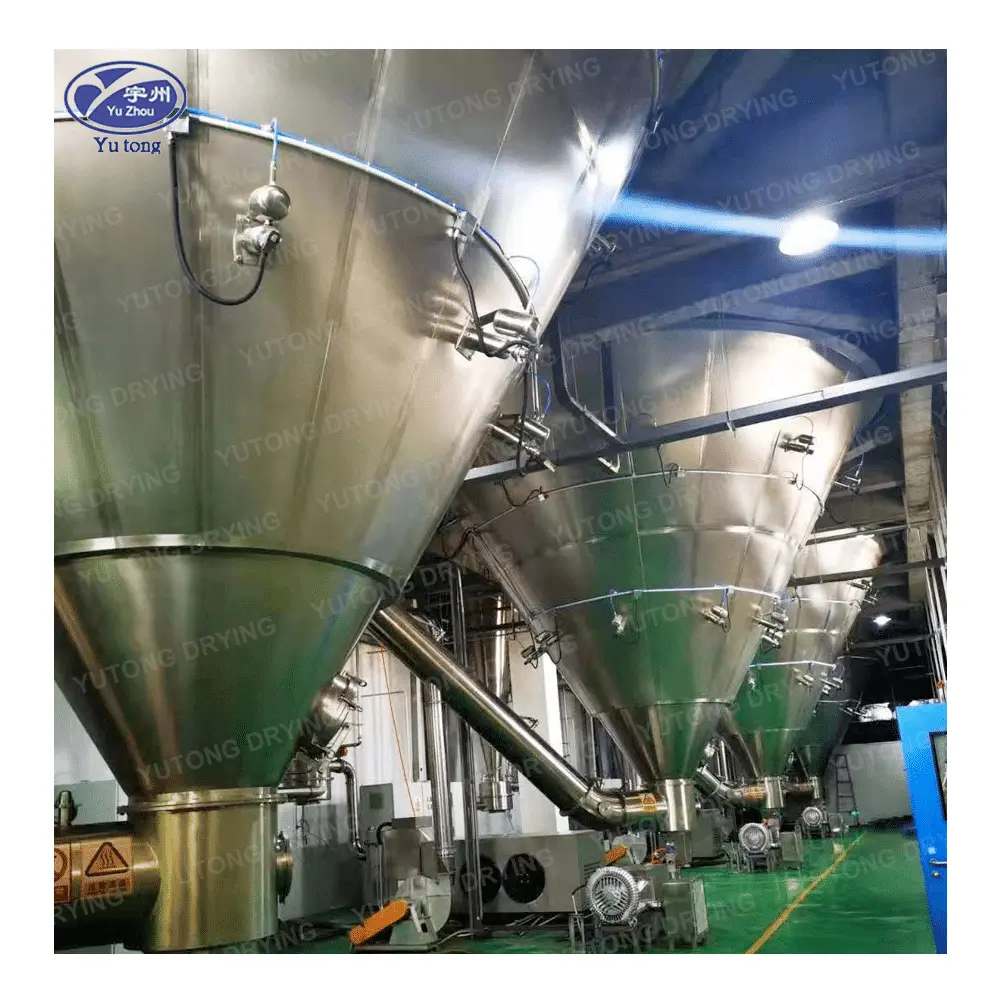When it comes to drying equipment used in various industries, tray dryers, and vacuum tray dryers are two commonly employed methods. Understanding the difference between these two types of dryers can help you make informed decisions regarding which technology best suits your needs. In this article, we will explore the key differences, functionalities, and advantages of tray dryers and vacuum tray dryers. By the end, you will have a clear understanding of these drying technologies and how they can impact your operations.
What is a Tray Dryer?
A tray dryer is a type of drying equipment used to remove moisture from various materials. It operates on the principle of convection, where hot air circulates through the trays, removing moisture from the product. Tray dryers are widely used in industries such as pharmaceuticals, chemicals, and food processing due to their simplicity and effectiveness.
How Does a Tray Dryer Work?
Tray dryers consist of several trays stacked inside an insulated chamber. The material to be dried is spread evenly across the trays. Heated air is then circulated through the chamber, passing over the trays and removing moisture from the material. The exhaust air carrying the moisture is vented out, leaving behind dried material.
- Chamber Design: The chamber is typically made of stainless steel to ensure durability and resistance to corrosion. It is insulated to maintain consistent temperatures and optimize energy efficiency.
- Airflow System: A key component of tray dryers is their airflow system. This system ensures uniform distribution of hot air across all trays, preventing uneven drying and ensuring consistency in the final product.
- Moisture Removal: The efficiency of moisture removal in a tray dryer depends on factors such as air velocity, temperature, and the nature of the material being dried. Adjustments can be made to optimize drying times based on these factors.
Advantages of Tray Dryers
- Cost-Effective: Tray dryers are relatively inexpensive compared to other drying methods, making them a popular choice for small to medium-scale operations.
- Initial Investment: The cost of purchasing and installing a tray dryer is generally lower than other drying technologies, especially those involving more complex machinery.
- Operational Costs: Due to their simple design, tray dryers incur lower maintenance and operational costs over time.
- Simple Operation: The straightforward design and operation of tray dryers make them easy to use and maintain.
- User-Friendly Interface: Most tray dryers come with easy-to-understand controls, making it simple for operators to manage the drying process.
- Maintenance Simplicity: With fewer moving parts, tray dryers require minimal maintenance, reducing downtime and increasing productivity.
- Versatility: Tray dryers can handle a wide range of materials, including powders, granules, and even certain liquid forms.
- Material Compatibility: The design of tray dryers allows for the drying of diverse materials, from pharmaceutical powders to food products, without significant modifications.
- Batch Processing: Tray dryers are well-suited for batch processing, making them ideal for industries that require flexibility in production schedules.
What is a Vacuum Tray Dryer?
As the name suggests, a vacuum tray dryer operates under a vacuum. This type of dryer is used when sensitive materials require drying at lower temperatures to prevent degradation or when the material has a high boiling point. Vacuum tray dryers are particularly valuable in the pharmaceutical and chemical industries.
How Does a Vacuum Tray Dryer Work?
In a vacuum tray dryer, the drying process occurs under reduced pressure, which lowers the boiling point of the moisture present in the material. This allows drying to occur at lower temperatures, preserving the integrity of heat-sensitive substances. The vacuum environment also accelerates the drying process by enhancing the evaporation rate of moisture.
- Vacuum Chamber: The vacuum chamber is a sealed environment where pressure is significantly reduced to lower the boiling point of water and other solvents.
- Sealing Mechanism: The chamber must be airtight to maintain a consistent vacuum, which is crucial for effective drying.
- Pressure Control: Precise control of pressure levels is necessary to ensure optimal drying conditions and prevent material degradation.
- Temperature Regulation: Lower temperatures are maintained to protect heat-sensitive materials from thermal damage.
- Heat Source: The heat source in a vacuum tray dryer is carefully regulated to provide the necessary energy without exceeding safe temperature thresholds.
- Thermal Sensors: Integrated sensors monitor temperature levels to ensure they remain within desired parameters throughout the drying process.
- Evaporation Enhancement: The vacuum environment enhances evaporation rates, leading to faster drying times.
- Moisture Evacuation: As moisture evaporates, it is continuously evacuated from the chamber to maintain low humidity levels and facilitate ongoing drying.
- Energy Efficiency: By reducing the need for high temperatures, vacuum tray dryers conserve energy, making them a more sustainable option for specific applications.
Advantages of Vacuum Tray Dryers
- Heat Sensitivity: Ideal for drying heat-sensitive materials, as it prevents thermal degradation.
- Material Preservation: The gentle drying process helps retain the chemical and physical properties of sensitive materials, ensuring product quality.
- Reduced Risk of Damage: Lower temperatures minimize the risk of heat-induced damage, such as discoloration or structural changes.
- Faster Drying: The reduced pressure environment accelerates the drying process, saving time and energy.
- Operational Efficiency: Faster drying times translate into increased throughput and reduced production cycle times.
- Energy Savings: By operating at lower temperatures, vacuum tray dryers consume less energy, reducing overall operational costs.
- Improved Quality: The gentle drying conditions help maintain the quality and properties of the material being dried.
- Consistency and Uniformity: The controlled environment ensures consistent quality across batches, which is crucial for industries where precision is paramount.
- Enhanced Product Characteristics: The preservation of material integrity leads to products that better meet quality standards and customer expectations.
Key Differences Between Tray Dryers and Vacuum Tray Dryers
Understanding the differences between tray dryers and vacuum tray dryers can help you determine which is more suitable for your specific needs.
Temperature and Pressure Conditions
- Tray Dryer: Operates at atmospheric pressure with higher temperatures. Suitable for materials that can withstand heat without degradation.
- Standard Conditions: Tray dryers utilize natural convection at standard atmospheric pressure, making them ideal for less sensitive materials.
- Temperature Range: Typically, tray dryers operate at higher temperature ranges, which can be adjusted depending on the material’s heat tolerance.
- Vacuum Tray Dryer: Operates under reduced pressure with lower temperatures. Ideal for heat-sensitive materials that require gentle drying.
- Low-Pressure Environment: The vacuum condition significantly lowers the boiling point of moisture, allowing for drying at temperatures that would otherwise be insufficient.
- Temperature Control: The ability to finely control temperature settings ensures that even the most delicate materials are dried without compromising their quality.
Drying Speed
- Tray Dryer: Slower drying process due to the reliance on natural convection and atmospheric conditions.
- Time-Intensive: The dependence on ambient pressure and conventional heating methods results in longer drying cycles.
- Batch Limitations: Larger batches may require extended drying times to achieve the desired moisture content.
- Vacuum Tray Dryer: Faster drying process due to reduced pressure and enhanced evaporation rates.
- Accelerated Process: The vacuum environment speeds up moisture removal, significantly reducing drying times.
- Increased Throughput: The quicker drying process allows for more efficient production schedules and higher output levels.
Energy Consumption
- Tray Dryer: Generally consumes more energy due to longer drying times and higher temperatures.
- Higher Heat Requirements: The need to maintain elevated temperatures for extended periods increases energy usage.
- Operational Costs: The prolonged drying cycle contributes to higher operational costs and resource consumption.
- Vacuum Tray Dryer: More energy-efficient due to faster drying at lower temperatures.
- Energy Conservation: Lower temperature settings and reduced drying times result in significant energy savings.
- Cost-Effectiveness: The efficient use of energy translates into lower utility bills and increased sustainability.
Material Suitability
- Tray Dryer: Suitable for a wide range of materials but not ideal for heat-sensitive substances.
- Robust Applications: Best suited for materials that can endure higher temperatures without adverse effects.
- General Purpose: Ideal for industries with diverse drying needs, where materials are not temperature-sensitive.
- Vacuum Tray Dryer: Specifically designed for heat-sensitive materials and substances with high boiling points.
- Specialized Use: Essential for industries that deal with delicate or high-value materials requiring precise drying conditions.
- High Boiling Point Compounds: The ability to dry at lower temperatures makes vacuum tray dryers suitable for materials with high boiling points.
Applications of Tray Dryers
Tray dryers are versatile and find applications in various industries. Some typical applications include:
- Pharmaceuticals: Drying of granules, powders, and herbal extracts.
- Granule Drying: Ensures uniform moisture removal from pharmaceutical granules, which is critical for tablet production.
- Herbal Extracts: Maintains the potency and efficacy of herbal ingredients by preventing overheating.
- Food Processing: Dehydration of fruits, vegetables, and spices.
- Fruit Dehydration: Tray dryers help preserve the flavor and nutritional value of fruits while extending shelf life.
- Spice Drying: Retains the aromatic qualities of spices by preventing excessive heat exposure.
- Chemicals: Drying of chemical compounds and intermediates.
- Compound Stability: Provides a controlled environment for drying chemical compounds, ensuring stability and reactivity.
- Intermediate Processing: Facilitates the drying of intermediates in chemical synthesis, preparing them for further processing.
Applications of Vacuum Tray Dryers
Vacuum tray dryers are crucial in industries where maintaining material integrity is essential. Their applications include:
- Pharmaceuticals: Drying of temperature-sensitive active pharmaceutical ingredients (APIs).
- API Preservation: Protects the therapeutic properties of active ingredients by minimizing exposure to heat.
- Quality Assurance: Ensures that APIs meet stringent quality standards required for pharmaceutical applications.
- Chemicals: Drying of heat-sensitive substances and reagents.
- Reagent Stability: Maintains the stability and effectiveness of reagents used in chemical reactions and analyses.
- Sensitive Compounds: Ideal for drying compounds that may decompose or react unfavorably at high temperatures.
- Biotechnology: Preservation of biological samples and materials.
- Sample Integrity: Safeguards the structural and functional integrity of biological samples during drying.
- Material Longevity: Extends the shelf life of biotechnological materials by preventing degradation and loss of activity.
Conclusion
In summary, both tray dryers and vacuum tray dryers serve essential roles in industrial drying processes. The choice between the two depends on the nature of the material being dried and your operation’s specific requirements. Tray dryers offer simplicity and cost-effectiveness for a wide range of materials, while vacuum tray dryers provide gentle drying for heat-sensitive substances, ensuring product quality and efficiency. By understanding the differences between these drying technologies, you can make informed decisions to optimize your drying processes and meet your production goals.
Whether you are in pharmaceuticals, food processing, or chemical manufacturing, selecting the right drying technology can significantly impact your product quality and operational efficiency. Consider your specific drying needs and consult with experts to choose the most suitable dryer for your application. Understanding the nuances of each technology will empower you to enhance your production processes, improve product quality, and achieve more tremendous operational success.
In the world of industrial drying equipment, vacuum tray dryers hold a significant place. These devices are essential in various industries for drying materials effectively and efficiently. In this article, we’ll explore the working principles, applications, and benefits of vacuum tray dryers and how they differ from traditional tray dryers.
A vacuum tray dryer is a type of industrial drying equipment used to remove moisture from products. It operates under vacuum conditions, which means the pressure inside the dryer is lower than atmospheric pressure. This setup allows for drying at lower temperatures, making it ideal for heat-sensitive materials.
The vacuum tray dryer consists of several trays placed inside a vacuum chamber. The material to be dried is spread evenly across these trays. As the vacuum pump removes the air, the boiling point of the liquid in the material is reduced, allowing it to evaporate at lower temperatures.
How Does a Vacuum Tray Dryer Work?
The working principle of a vacuum tray dryer is based on the concept of reducing the boiling point of liquids by lowering the atmospheric pressure. Here’s a step-by-step breakdown of how it works:
- Loading: The material to be dried is evenly spread on the trays inside the dryer.
- Sealing: The chamber is sealed, and the air inside is evacuated using a vacuum pump.
- Heating: The trays are heated, usually through conduction, convection, or radiation. The heat causes the moisture within the material to evaporate.
- Evaporation: The reduced pressure lowers the boiling point of the moisture, allowing it to evaporate at lower temperatures.
- Condensation: The vapor is then condensed and removed from the system, leaving behind dry material.
This process ensures that the material is dried efficiently without exposing it to high temperatures that could cause degradation.
Benefits of Using Vacuum Tray Dryers
Ideal for Heat-Sensitive Materials
One of the primary benefits of vacuum tray dryers is their ability to dry heat-sensitive materials. Since the drying process occurs at lower temperatures, there’s less risk of damaging delicate products. This makes vacuum tray dryers perfect for pharmaceuticals, food products, and certain chemicals.
Energy Efficiency
Vacuum tray dryers are designed to be energy-efficient. The reduced pressure inside the chamber means that less heat is required to achieve the desired drying effect. This not only saves energy but also reduces operational costs.
Uniform Drying
The even distribution of materials on the trays ensures consistent and uniform drying. This consistency is critical in industries where product quality cannot be compromised.
Faster Drying Times
The vacuum environment accelerates the drying process, leading to faster drying times compared to traditional drying methods. This increased efficiency can lead to higher throughput in industrial applications.
Applications of Vacuum Tray Dryers
Vacuum tray dryers are versatile and find applications in various industries:
Pharmaceuticals
In the pharmaceutical industry, vacuum tray dryers are used to dry active pharmaceutical ingredients (APIs) and intermediates. The gentle drying process preserves the integrity and potency of the compounds.
Food Processing
In food processing, vacuum tray dryers help in preserving flavors, colors, and nutritional content. They are used to dry fruit extracts, vegetable powders, and other food products.
Chemical Manufacturing
For chemical manufacturers, vacuum tray dryers are essential for drying heat-sensitive chemicals and intermediates. The ability to control the drying environment precisely ensures product consistency.
Research and Development
In research and development labs, vacuum tray dryers are used for small-scale drying applications where precise control and repeatability are crucial.
Vacuum Tray Dryer Design
The design of a vacuum tray dryer is crucial for its efficiency and functionality. Key components include:
- Vacuum Chamber: The airtight chamber where drying takes place.
- Trays: Shelves where the material is placed for drying.
- Heating System: Provides the necessary heat for evaporation.
- Vacuum Pump: Removes air from the chamber to create a vacuum.
- Condensing Unit: Collects and removes evaporated moisture.
Difference Between Tray Dryer and Vacuum Tray Dryer
While both tray dryers and vacuum tray dryers are used for drying purposes, they operate under different principles.
Tray Dryer
A tray dryer uses hot air circulation to dry materials. It operates at atmospheric pressure and is ideal for drying materials that are not heat-sensitive. However, it may not provide the same level of efficiency or control as a vacuum tray dryer.
Vacuum Tray Dryer
In contrast, a vacuum tray dryer operates under reduced pressure, allowing for drying at lower temperatures. This makes it suitable for heat-sensitive materials and provides more uniform drying.
Used Vacuum and Pan Dryers
by Ray Graciano (https://unsplash.com/@cortez197_)
For businesses looking to invest in drying equipment without incurring high costs, used vacuum tray dryers and used pan dryers offer a cost-effective solution. These pre-owned machines can provide excellent value, especially when refurbished and maintained properly.
Vacuum Drying Technology Advancements
The technology behind vacuum drying has seen significant advancements over the years. Modern vacuum tray dryers come equipped with sophisticated control systems, allowing for precise temperature and pressure regulation. This precision ensures optimal drying conditions and enhances product quality.
Conclusion
Vacuum tray dryers are a vital component in industries where precision and product quality are paramount. Their ability to dry heat-sensitive materials efficiently and uniformly makes them indispensable in pharmaceuticals, food processing, and chemical manufacturing. By understanding the benefits and applications of vacuum tray dryers, businesses can make informed decisions about their drying needs and leverage this technology to its fullest potential.
Whether you’re in the market for new or used vacuum tray dryers, understanding their working principles and benefits will help you choose the right equipment for your specific needs. Embrace the power of vacuum drying technology and enhance your production processes today.


